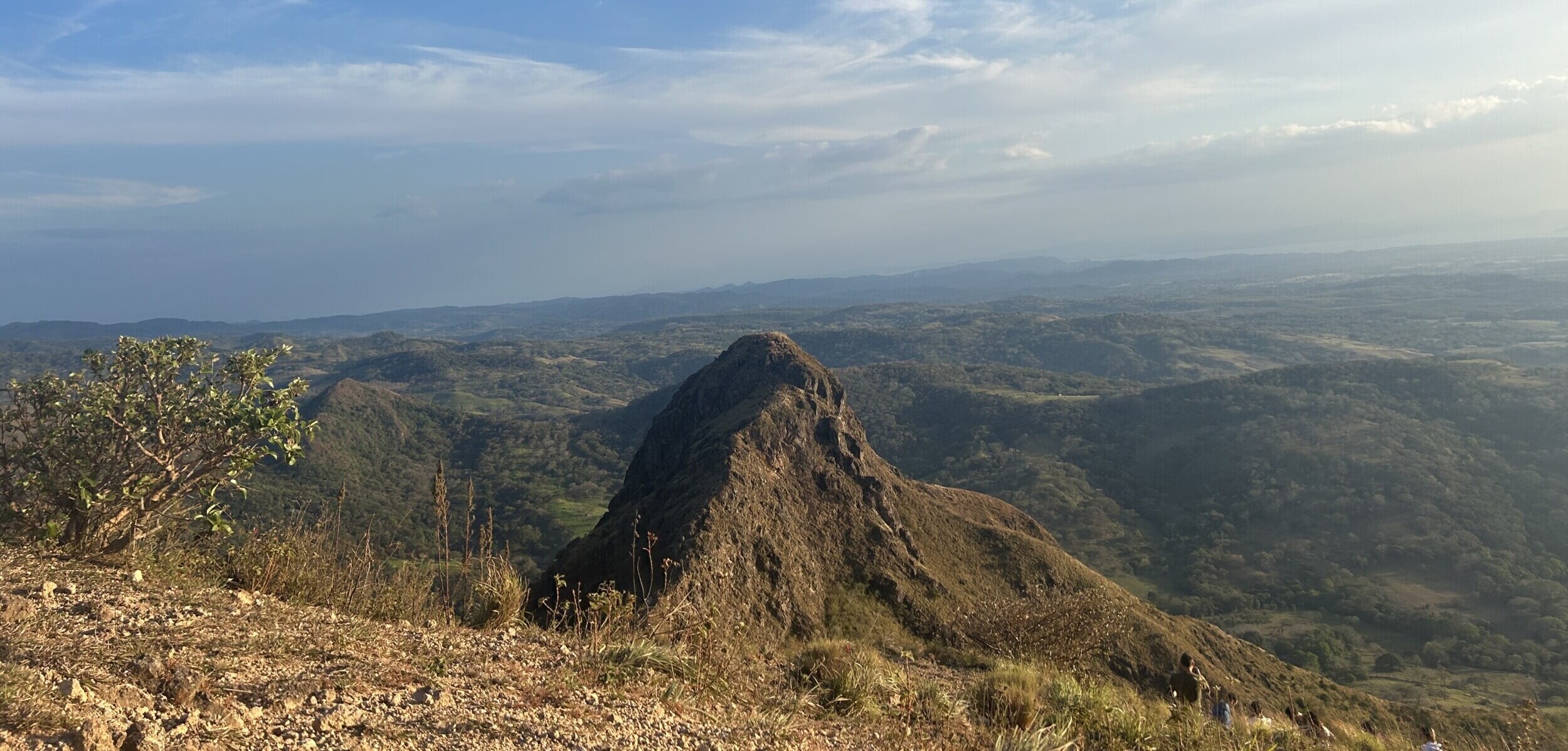This is the eighth entry of a ten-part blog series celebrating the Lab’s 10th anniversary. The series shares insights and lessons learned over the past decade, exploring practical knowledge from accelerating climate finance solutions in emerging markets. See all entries here.
September 3, 2024

Over the past decade, the Global Innovation Lab for Climate Finance has built a strong track record in adaptation finance, gleaning many hard-earned lessons from support for pioneering instruments. Of the 68 instruments in the Lab’s portfolio, 17 have a central focus on adaptation. Many of these have successfully attracted investment—collectively mobilizing over USD 380 million.
Adaptation finance aims to reduce the vulnerability of human or natural systems to climate impacts by enhancing adaptive capacity and resilience. Despite progress to date, many barriers to raising capital for adaptation projects remain, including high perceived risk, limited investor awareness, and the nascent nature of adaptation and resilience as a mainstream investment thesis.
By analyzing the success stories and the more challenging cases, the Lab has identified six key steps for structuring adaptation instruments that deliver results.
1. Define the instrument’s adaptation and resilience thesis
A successful adaptation financial instrument requires a clear and shared understanding of adaptation outcomes. Because adaptation activities are highly context-specific, implementing teams must clearly articulate how their investments enhance resilience in their specific settings, as what constitutes adaptation in one setting may not be applicable in another.
The Lab’s experience shows that defining adaptation and resilience theses can vary significantly. Some instruments focus on adaptation from the outset, while others have recognized the adaptive capacity of existing mitigation activities to address context-specific needs.
The 2019 Lab instrument Cooling as a Service (CaaS) is a pay-per-service model for energy-efficient cooling systems. As the team progressed, they shifted focus from only emissions reduction (mitigation) to the ways that CaaS also helps communities prepare for the effects of climate change (adaptation). For example, using clean cooling technology, CaaS can reduce emissions while relieving extreme heat. As a result, the implementing team worked closely with partners to understand their needs and developed a plan addressing emission reduction and climate adaptation.
2. Build a pipeline with optimal cash flows
A project becomes an investment when there are predictable and robust cash flows, and that investment becomes bankable when there is an adequate pipeline of projects. This is particularly relevant for adaptation due to perceived cash flow constraints and the reality of sector-specific pipeline challenges. Sectors that require substantial adaptation finance, such as water, forestry, and ecosystem services, are areas where investors have limited experience generating revenues. Furthermore, a critical challenge is that the benefits of many adaptation projects manifest in avoided losses rather than revenue generation, constraining the monetization of these projects.
Many Lab adaptation instruments that struggled to gain traction had an inadequate pipeline. For example, the Water Financing Facility, endorsed by the Lab in 2016, sought to pool loans from domestic water service providers in Kenya. The instrument faced challenges in aggregating creditworthy providers to develop a pipeline for the project. Moreover, development partners focused on the same group of providers, resulting in an unbankable project due to limited cash flows.
Effective strategies for building an investment case for an adaptation project include pipeline diversification, identifying multiple sources of cashflows for risk mitigation, and using technical assistance and grants to cover the costs of ecosystem development.

3. Structure strategically around risk and return
The Lab’s most successful adaptation instruments overcame key adaptation-related barriers through their structuring – managing against high upfront costs, slow fundraising rounds, and high perceived risk. Structuring approaches include:
- Dedicated pre-development funds or TA facilities: To reduce risk for adaptation instruments.
- Revolving funds: To efficiently recycle limited investment capital.
- Blended finance structures: To de-risk investments using concessional capital.
Because adaptation is often perceived as risky, adaptation instrument structures should be kept as simple as possible to reduce investors’ perceived structural risks. Notably, many Lab instruments simplified their structures between completing the Lab process and their pilot and implementation phases.
4. Engage flexibly with investors
To be successful in fundraising, adaptation instruments must make the case to investors that investing in adaptation is both impactful and profitable. Because the adaptation and resilience investment thesis is relatively nascent and investors lack familiarity, it is crucial for implementors engaging with investors to define adaptation and resilience, highlight the private sector investment opportunity, and dispel common myths and misconceptions about investing in adaptation.
Successful Lab instruments have skillfully tailored their pitch to specific investors and funders. For impact-focused investors already familiar with adaptation (including some development finance institutions, impact investors, and philanthropies), Lab solutions often succeed by highlighting their specific adaptation expertise in relevant sectors like water or agriculture. In contrast, when engaging with commercial Investors, teams often succeed through a clear articulation of the opportunity of investing in a climate-resilient future — whether that be climate-proofing livelihoods, creating a circular economy, starting a market for cooling technology, or enhancing food security through regenerative agriculture.
5. Cultivate collaborators and build bridges in your environment
Adaptation projects require collaboration with diverse stakeholders, including local financial institutions, community partners, and technical experts. Building a strong network can leverage existing expertise and resources, enhancing the effectiveness and sustainability of adaptation solutions. Still, instruments may face competition from public sector entities and the risk of a crowded adaptation investment space if pipeline growth remains limited. To this end, it is useful to map out all potential partners while structuring an instrument to attract a diverse network of collaborators and strengthen the adaptation ecosystem.
Equally important is understanding and aligning with the policy and regulatory environments in the target market. Recognition of policy and regulatory headwinds and tailwinds for instruments in different geographies and sectors helps determine their viability and alignment with the national government’s priorities. For example, if an instrument focuses on agriculture, the team should ensure that the specific pipeline plan aligns with the country’s national adaptation plan.
6. Measure the impact that matters (to you, your pipeline, and your investors)
A wide range of metrics are used to track adaptation impact, which indicates the variety of approaches to adaptation and the diversity of activities in the space. This creates a challenge in comparing impact across adaptation instruments as there is no uniform set of metrics. Thus, benchmarking becomes more complicated.
When developing an adaptation finance instrument, we have found that Lab instruments have seen the most success when they have begun by evaluating the kinds of requests they are receiving from potential and current funders, the key factors that will be most important to end-users and beneficiaries of the finance when facing accelerating climate risk, and the best possible scenario of data that could be capturable from these end-users and beneficiaries.
In summary:
Expanding adaptation finance is critical to building climate resilience, particularly amid increasingly severe climate risks. While the market remains less developed than mitigation finance, the lessons learned from successful adaptation instruments offer a pathway forward. Simplifying structures, aligning with diverse investor interests, and fostering strategic collaborations are key to overcoming barriers and unlocking investment. By refining the approach to pipeline development, impact measurement, and stakeholder engagement, we can build a robust adaptation finance ecosystem that attracts investment and delivers meaningful outcomes for vulnerable communities.
These innovations in adaptation finance will help ensure that the necessary capital flows to where it’s needed most.
Check out the entire Lab 10th Anniversary blog series
1. Five strategies to break down barriers to private climate investment
2. How a well-designed theory of change guides clearer social and environmental modeling
3. Building a compelling investment case for climate finance instruments
4. Making the most of concessional capital: The Lab’s blended finance approach
5. Enhancing the appeal of small-ticket investments with Sustainable Energy Bonds in India
6. Why Climate Adaptation Notes didn’t take off – and the lessons I learned
7. How Brazil’s Green FIDC became the Lab’s champion for private investment mobilization
8. Adaptation finance: Six key steps for structuring instruments that deliver results
9. Beyond box-ticking: Why gender-responsive climate finance is effective climate finance
10. Emerging trends, opportunities, and challenges in climate finance
BONUS: A decade of the Lab: Finding a balance between climate finance and actionability (24 September)




